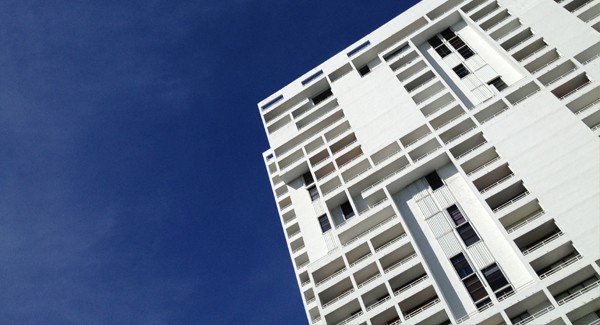As you may recall, I recently wrote an article regarding an owner’s right to install a satellite dish on the common property in the Association. In that article, I used the term “limited common elements”. Since that article, I have received a number of questions from Board members of condominium associations regarding limited common elements.
As you may be aware, a limited common element is defined in the Illinois Condominium Property Act (“Act”) as a portion of the common elements designated in the Condominium’s Declaration as being reserved for the use of a certain unit or units to the exclusion of other units. This generally includes balconies, terraces, patios, parking spaces, shutters, awnings, windows boxes, door steps, porches, perimeter doors, windows and perimeter walls.
The issue of limited common elements can be quite complicated. As you can see, the Act refers to the Declaration which is supposed to set forth which portions of properties are limited common elements. Unless your Association was developed in the 1970’s or early 1980’s, I would be willing to bet that your Association’s Declaration, at the very least, classifies patios and balconies as limited common elements. If your Association was constructed in the 1990’s, it most likely classifies the perimeter doors, windows and even other amenities as limited common elements.
However, although many provisions in Association’s Declarations are similar, there are a number of difference between each Association regardless of the year the Association was built. As such, in order to determine what is not a limited common element in your Association, you must carefully read your Association’s Declaration.
Once you have discovered exactly what amenities are limited common elements in your Association, the next logical question is who is responsible to maintain, repair and/or replace this amenity? The Act provides that the Association shall be responsible to maintain, repair and/or replace the common elements on the property. As the limited common elements are defined under the Act as a portion of the common elements, it is the Association’s responsibility to maintain, repair and replace the limited common elements. Although the Association may have the responsibility to maintain the limited common elements, it does not necessarily require the cost must be paid from the common expenses of the Association. The Act provides that the Board may assess the costs related to the maintenance, repair and replacement of the limited common elements back to those owners who have use of the amenities, provided the Declaration provides for such assessment.
Based on this, if your Declaration states that it shall be an owner’s responsibility to maintain, repair and/or replace the limited common elements serving their units, or if it states that the Association may assess the costs of the maintenance, repair and/or replacement back to the unit owners who benefit by such work, the Board may undertake the project and assess the costs back to the unit owners. These amounts should be applied to the owner’s account and remain on the owner’s account until paid in full.
As stated above, it is the Association’s responsibility to perform the necessary maintenance, repair and/or replacements of the limited common elements, and if the Declaration so provides, assess the costs back to the unit owners. However, we understand that in certain circumstances it is more practical for the Board to simply require the owner to perform the work. For instance, if an owner needs a new window, it may be less burdensome for the Association to ask the owner to hire a contractor to perform the work.
It is still the Board’s responsibility to make sure this window is in compliance with the architectural scheme of the building. As such, it is a good idea for the Board to have a specific window designated to be used by owners when replacing windows. On the other hand, if a balcony or balconies in the Association need repair or replacement, it is better for the Association to perform the work, and if the Declaration so provides, assess the costs back to the unit owner. The reason is that there is a potential hazard to the health, safety and welfare of the residents if the balcony is not repaired and/or replaced in a good and workmanlike manner.
Understanding the issues related to limited common elements can be a complex process. Obviously, the first step is to determine what is a limited common element in your Association. Once you have done that, you can then allocate the costs of the necessary maintenance, repair and/or replacement accordingly. If as a Board you are uncertain on either of these issues, please contact your attorney before rendering a decision.
Originally published in the Pioneer Press (May 2000).
Since 1983, KSN has been a legal resource for condominium, homeowner, and townhome associations. Additionally, we represent clients in real estate transactions, collections, landlord/tenant issues, and property tax appeals. We represent thousands of clients and community associations throughout the US with offices in several states including Florida, Illinois, Indiana, and Wisconsin.
If our law firm can be of assistance, please call 855-537-0500 or visit www.ksnlaw.com.
This article is made available by the lawyer or law firm publisher for educational purposes only as well as to give you general information and a general understanding of the law, not to provide specific legal advice. By reading this article you understand that there is no attorney client relationship between you and the article author. This article should not be used as a substitute for competent legal advice from a licensed professional attorney in your state. © 2023 Kovitz Shifrin Nesbit, A Professional Corporation.

